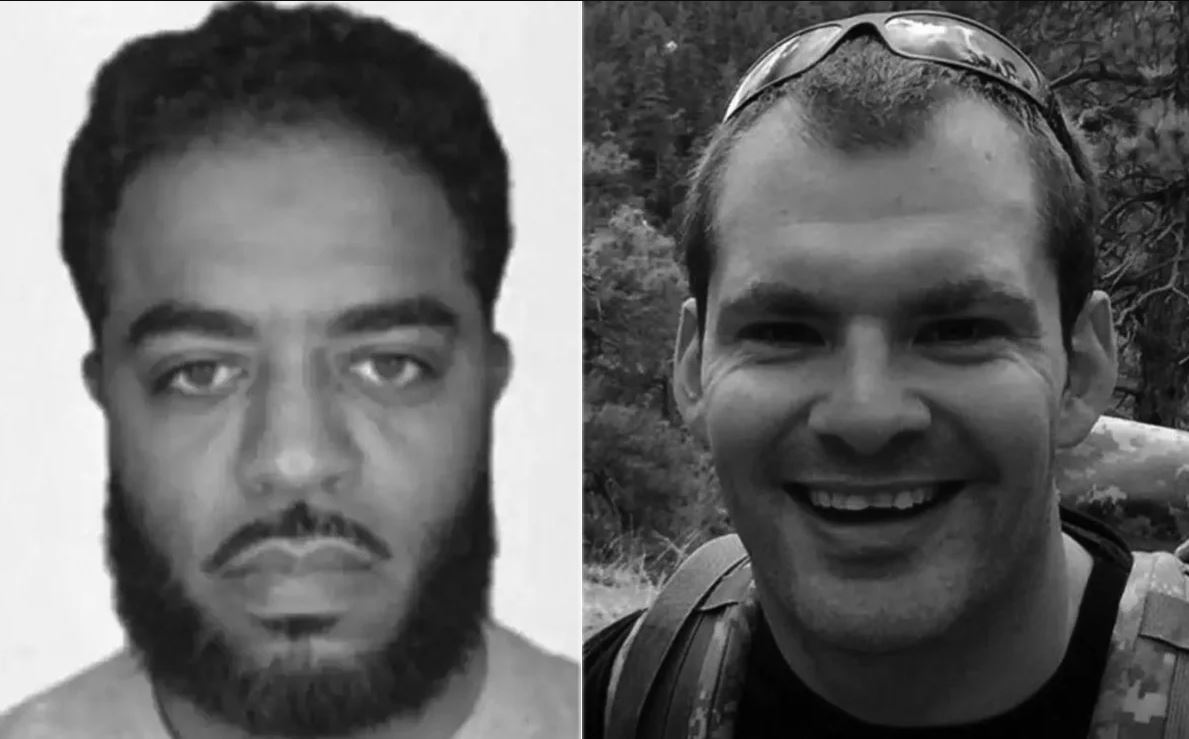Matthew Livelsberger, a decorated U.S. Army Green Beret, is suspected of detonating a Tesla Cybertruck outside the Trump International Hotel Las Vegas on January 1, 2025. This explosion resulted in his death and injured seven bystanders. This article delves into Livelsberger’s life, military service, and the events leading up to the explosion, exploring the complexities of this tragic incident.
Early Life and Military Career
Matthew Livelsberger, 37, spent his formative years in Ohio, moving between Westerville, Cuyahoga Falls, and finally Ontario, where he graduated high school. He then embarked on a 19-year career in the U.S. Army, rising to the rank of Master Sergeant and serving in the elite Green Berets. His service record includes deployments to Afghanistan, Ukraine, Tajikistan, Congo and other undisclosed locations, earning him two Bronze Stars. At the time of the incident, although stationed in Germany, he was on leave and residing in Colorado Springs, Colorado. His military background raises questions about the potential psychological impacts of his service, including possible undiagnosed PTSD, and whether any specialized training may have inadvertently contributed to the events in Las Vegas. While it is possible that his military experiences contributed to his actions, it’s important to note that the connection is not yet fully understood and is being investigated. Research into the psychological effects of military deployments is ongoing, and future findings may offer further insights into cases like Livelsberger’s.
The Road to Las Vegas
In late December 2024, or possibly earlier due to conflicting reports, Livelsberger rented a Tesla Cybertruck in Denver, Colorado, telling the owner he planned a camping trip to the Grand Canyon. He subsequently legally purchased two semiautomatic firearms. These seemingly mundane actions take on a chilling significance in retrospect, raising questions about his intentions during this period. He arrived in Las Vegas around 7:30 a.m. on January 1, 2025, and spent time navigating the Strip before parking the Cybertruck outside the Trump International Hotel around 8:40 a.m.
The Cybertruck Explosion: A Detailed Account
The explosion occurred shortly after Livelsberger parked the Cybertruck. The blast injured seven bystanders, thankfully with only minor injuries. The vehicle contained a variety of items, including fireworks mortars, gas canisters, standard camping gear, and a handgun, further deepening the mystery surrounding his final moments. The explosion itself originated within the vehicle, ruling out a Cybertruck malfunction. Livelsberger died from a self-inflicted gunshot wound, indicating a premeditated act. The presence of explosives and firearms strongly suggests this was not an accidental explosion, but rather a deliberate act.
The Search for a Motive
The central question remains: What drove Matthew Livelsberger to this act? Investigators are exploring several possibilities:
- PTSD: Livelsberger’s extensive military service, particularly his deployments to active combat zones, raises the possibility of post-traumatic stress disorder. While there is no confirmation of a diagnosis, experts suggest that PTSD can manifest in unpredictable and sometimes violent behavior.
- Marital Problems: Reports indicate Livelsberger had a recent disagreement with his wife, Sara Livelsberger. While the exact nature of the disagreement is unknown, it suggests potential marital discord that could have contributed to his emotional state.
- Political Ideology: The location of the explosion—outside the Trump International Hotel—and Livelsberger’s reported support for Donald Trump have led investigators to explore potential political motivations. However, it’s crucial to avoid premature conclusions, as a correlation does not equate to causation. The investigation is ongoing and requires a thorough examination of all available evidence.
- Financial Difficulties: While less prominent in initial reports, investigators are likely also examining Livelsberger’s financial situation to determine if financial stress may have played a role.
- Connection to the New Orleans Incident: The FBI is investigating a possible link between the Las Vegas explosion and a similar incident involving a Turo rental in New Orleans. However, no concrete connection has been publicly confirmed.
It is important to note that no definitive motive has been established. While evidence suggests a deliberate act, the complexities of human behavior and the potential for multiple contributing factors make it crucial to avoid premature conclusions and allow the investigation to run its course. Ongoing research into the psychology of violence and the effects of trauma may offer further insights in time.
Unanswered Questions and Ongoing Investigation
The Las Vegas Cybertruck explosion remains shrouded in mystery. While investigators piece together the fragments of Livelsberger’s life and the events leading up to the explosion, numerous questions remain unanswered. The search for a motive continues, as does the investigation into any potential connections to other individuals or groups. The full story of Matthew Livelsberger, and the “why” behind his tragic final act, may never be fully known. However, the ongoing investigation offers a glimmer of hope that, in time, a clearer understanding of this devastating incident may emerge.
Timeline of Events
| Date | Event |
|---|---|
| Late Dec 2024 (or earlier) | Tesla Cybertruck rented in Denver, Colorado |
| Late Dec 2024 (or earlier) | Two semiautomatic firearms legally purchased |
| January 1, 2025 | Arrival in Las Vegas |
| January 1, 2025 | ~8:40 a.m. – Cybertruck parked outside Trump International Hotel Las Vegas |
| January 1, 2025 | Cybertruck explosion |
| January 1, 2025 | Death of Matthew Livelsberger |
| January 1, 2025 | Seven bystanders injured |
| Ongoing | FBI investigation into the incident |


